Ocean Week in Review – March 26, 2021: 220 Chinese fishing vessels enter Philippine waters, ‘Eagle shark’ fossil discovered, Trawling releases as much carbon as air travel, and more…
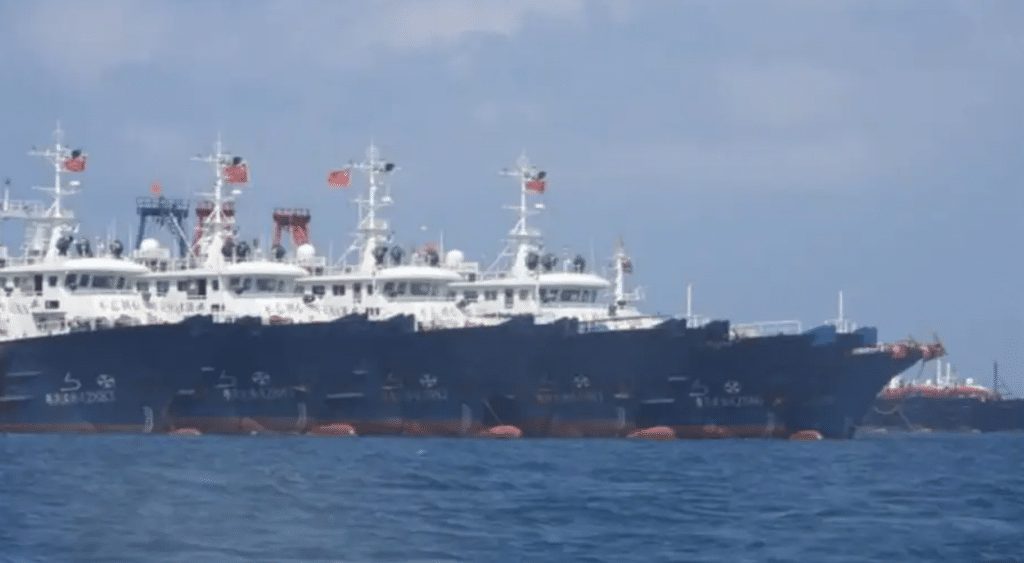
1. 220 Chinese Fishing Vessels Enter Philippine Waters – Military Aggression or Fishing?
Philippine defense chief demanded more than 200 Chinese fishing vessels occupied with militia leave Whitsun Reef, which both Beijing, China and Manila, Philippines claim. This area is one of the regions most resource-rich and strategic waterways, resulting in four other nations also being involved in the territorial standoff. The area is a shallow coral region that is 175 nautical miles long and is to the west of Palawan, a Philippine province. The Philippines argue that it is an exclusive economic zone, giving them the right to exploit or conserve its resources. The number of boats is concerning due to overfishing, destruction of marine habitat, and risks to safety of navigation, however, the boats have not yet been spotted fishing. Pressure is on Philippine President Rodigo Duterte, but he has previously stated if he sends marines to drive the vessels away, they will not come home alive.
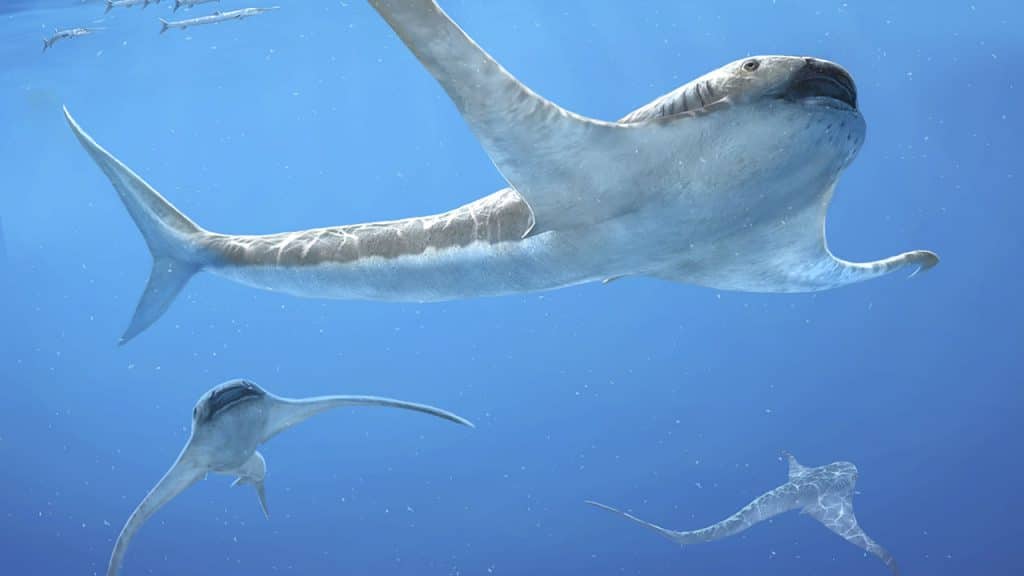
2. This Eagle Shark Once Soared Through Ancient Seas Near Mexico
If you’ve ever seen a manta ray, you may be able to imagine what the ancient eagle shark looked like in action: a giant, ghostly figure flapping through Cretaceous era seas near present-day Mexico. For the first time, paleontologists describe the new species, discovered in a limestone quarry in northeastern Mexico in 2012, today in Science. Aquilolamna milarcae—a combination of “eagle shark” and the name of the museum that will host the specimen—was a plankton eater that lived toward the end of the era of the dinosaurs, some 90 million years ago. The shark’s most striking characteristic is its pectoral fins, which stretch to a 1.9-meter “wingspan.” The animal likely went extinct when the oceans acidified after the dinosaur-killing asteroid impact at the end of the Cretaceous era, the researchers say, killing off its plankton food source.
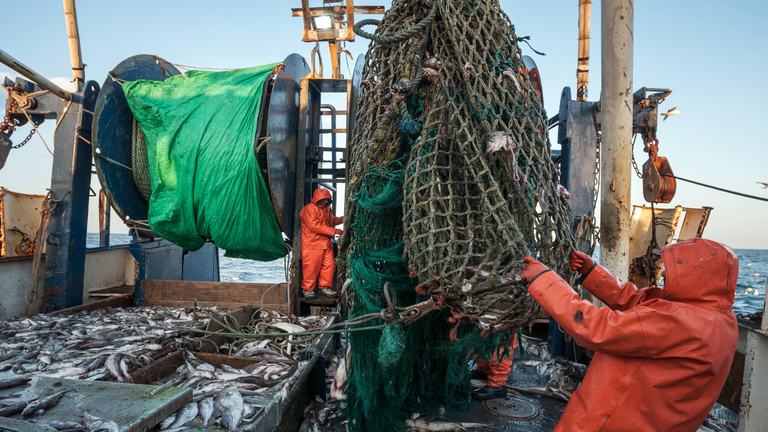
3. Trawling for Fish May Unleash as Much Carbon as Air Travel, Study Says
For the first time, scientists have calculated how much planet-warming carbon dioxide is released into the ocean by bottom trawling, the practice of dragging enormous nets along the ocean floor to catch shrimp, whiting, cod and other fish. The answer: As much as global aviation releases into the air. The carbon released from the sea floor leads to more acidified water, threatening marine life, and reduces the oceans’ capacity to absorb atmospheric carbon dioxide. China, Russia, Italy, the United Kingdom and Denmark lead the world in such trawling emissions. In ongoing research, scientists are studying whether that carbon dioxide from the sea bottom ultimately escapes into the air itself. Early data indicates that “a large proportion” does. Scientists underscore that any conservation measures need to happen in conjunction with an urgent transition away from fossil fuels.
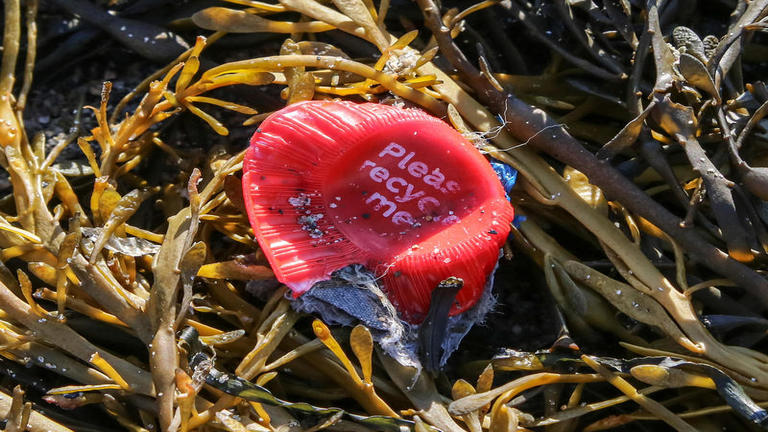
4. Congressional Leader Vows to Tackle Marine Plastic Pollution
Each year, roughly 8 million tons of plastic waste ends up in the oceans. This equates to five full garbage bags along every foot of coastline in the world. Congresswoman Chellie Pingree (D-Maine) hosted her first hearing as Chair of the House Appropriations Subcommittee on Interior, Environment, and Related Agencies with a focus on solutions for reducing marine plastics pollution. She questioned experts on best practices about how to reduce this global problem. “Coming from Maine, as you can imagine, the ocean is critical to our culture and to our economy, and I personally have a longstanding interest in addressing waste challenges and improving sustainability,” said Pingree in her opening statement. The goal of the committee is to explore ways the federal government can aid in reducing the use of plastics and improve waste management efforts.
Editorial Note: Sea Save Foundation is proud to be a member of the Plastic Pollution Coalition and part of this effort.
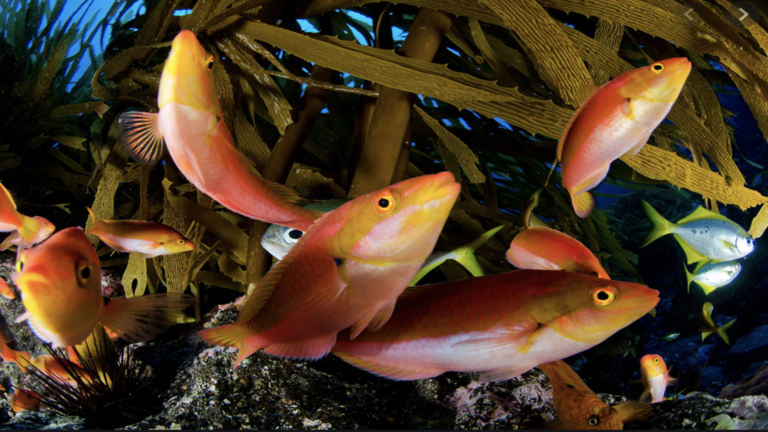
5. The Ambitious Blueprint Aimed at Protecting 30% of Our Oceans By 2030
Protecting 30 percent of the oceans not only could restore biodiversity to ocean habitats, but help declining fish populations recover, and help save the climate, according to a new plan to save the seas. The campaign is supported by more than 70 nations but it is known mostly for its soaring ambition and scant achievement so far. Only 7 percent of the seas are protected and only 2.7 percent are highly protected. In a study from Nature, an international team of 26 scientists analyzed the world’s unprotected ocean waters to calculate which are threatened by overfishing, habitat destruction, and release of carbon. The team, which included economists and marine and climate scientists, then mapped locations globally where protections would provide the greatest benefits to fish stocks, biodiversity, and climate.
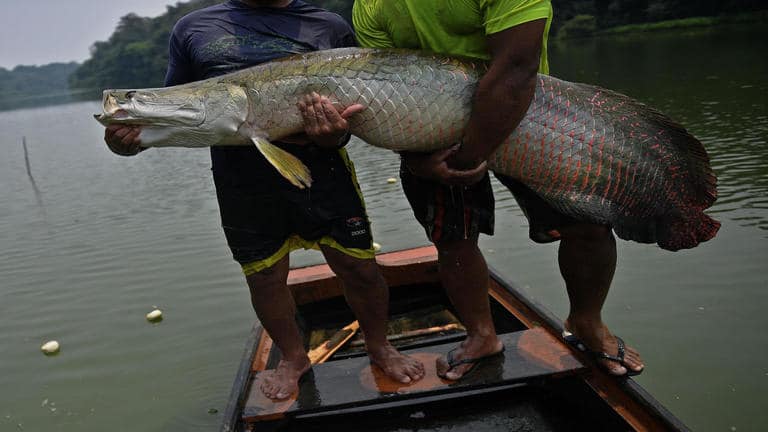
6. 10-Foot-Long River Monster: New Invasive Species Emerges in Florida
A fearsome new invasive predator has emerged in Florida. The arapaima ia a monster fish that can grow up to 10 feet long and weigh hundreds of pounds. A dead specimen recently washed ashore in Cape Coral’s Jaycee Park along the Caloosahatchee River, which runs from Lake Okeechobee west to the Gulf of Mexico. The arapaima is native to the Amazon River in South America and is one of the world’s largest predatory fish. Its scales are said to be as impenetrable as armor. The arapaima, because of its varied and voracious appetite, is a threat to native Florida wildlife. It is also capable of producing hundreds of thousands of eggs during its lifetime. How the dead arapaima got to the Caloosahatchee River remains a mystery. There’s a chance someone had it as a pet and released it into the wild.
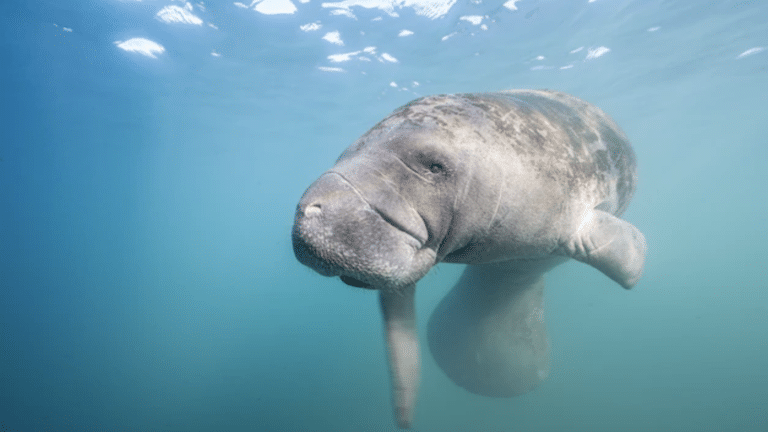
7. Why Did 430+ Manatees Die in the First Two Months of 2021?
Recent cold snaps in Florida have forced manatees to seek shelter in the warm waters of Indian River Lagoon, part of an estuary system that stretches from Ponce to Jupiter Inlet on Florida’s Atlantic coast. Most of the deaths have occurred in these waters, which are shallower and more sheltered than the ocean and thus warmer in winter. The alarming toll has marine biologists and veterinarians scrambling for answers, while the commission’s pandemic-depleted rescue staff has been racing to save sick animals. Cold stress typically kills juvenile manatees, but this die-off has included a large percentage of adults, many of them emaciated. “We believe the main cause is starvation,” de Wit says. She and others think that the manatees are starving because of a dearth of seagrass in the lagoon, caused in part by increases in water pollution.
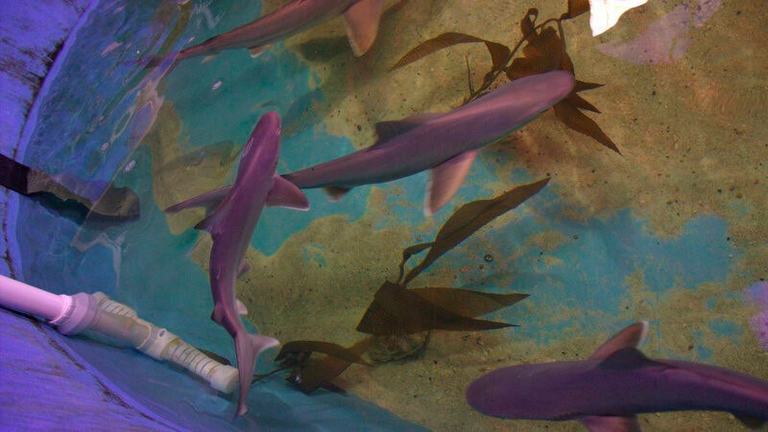
8. New York Man Kept Sharks in Pool in His Basement
A New York man pleaded guilty to illegally keeping protected sharks in a pool at his home and selling them over the Internet. Joshua Seguine, 40, of LaGrangeville, pleaded guilty to illegal commercialization for having and intending to sell seven sandbar sharks. Seguine was arrested in Georgia in July 2017 after being found with five sharks in a tank in the back of his truck. When questioned, he told investigators he had more at home. After conducting a search, authorities found seven sandbar sharks swimming in an above-ground pool in his basement. Then they found the carcasses of two leopard sharks and a hammerhead shark, and the snout of an endangered smalltooth sawfish, the authorities said. The live sharks were ultimately moved to the New York Aquarium at Coney Island and Seguine received a $5,000 fine and a conditional discharge.
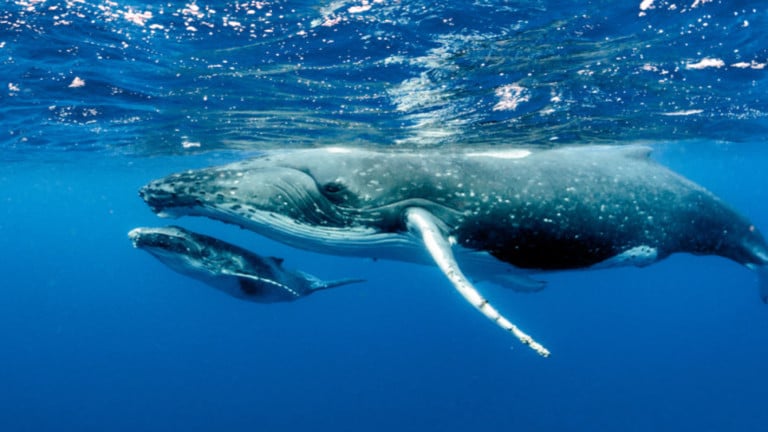
9. How Ancient ‘Deer’ Lost Their Legs and Became Whales
Despite years of calls to better protect oceanic sharks and rays, a recent study in the journal Nature reveals that, since 1970, the global abundance of these predators has declined more than 70 percent, largely because of increased fishing pressure. In particular, the concerning status of the oceanic whitetip and the shortfin mako shark demonstrates how the regional fisheries management organizations (RFMOs) have failed to do enough to stop the incidental catch and killing of sharks. The most recent stock assessment suggests that the population could go extinct in the Pacific if the current mortality rate continues. As a result, scientists that are a part of the Western and Central Pacific Fisheries Commission are recommending additional mitigation and safe handling measures to reduce mortality and help the population recover, such as making gear modifications for fishing.
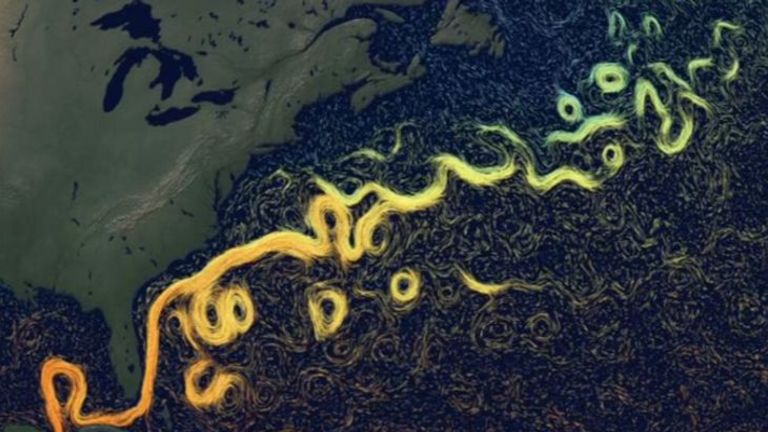
10. In the Atlantic Ocean, Subtle Shifts Hint at Dramatic Dangers
Inspired by the United Nations Aichi Biodiversity Targets, nations are rallying behind an ambitious pledge to conserve 30 percent of their lands and waters by 2030. However, more than two-thirds of the world’s marine protected areas (MPAs), a primary marine conservation tool, allow some form of fishing. Now, an in-depth study of MPAs along Australia’s southern coast shows that these partially protected reserves are largely ineffective—both for protecting biodiversity, and for improving people’s enjoyment of the protected space. The study, conducted by social ecologist John Turnbull and his colleagues at the University of New South Wales in Australia calls partially protected marine reserves “red herrings” that “create an illusion of protection and consume scarce conservation resources. There’s a great misalignment between public expectations and what partially protected MPAs are delivering.
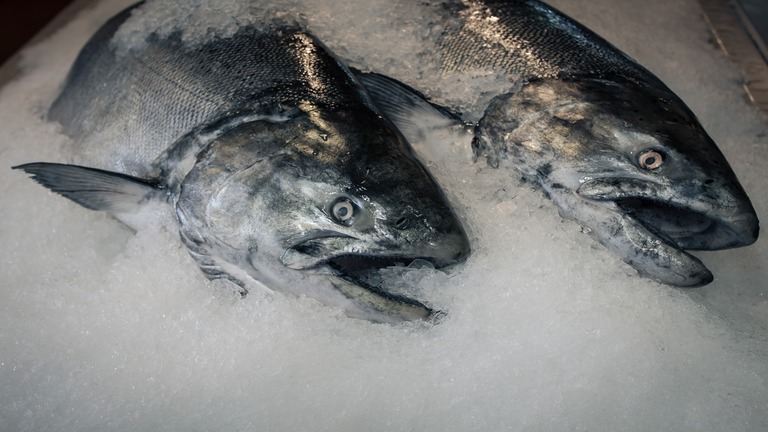
11. Illegal Fishing, Seafood Fraud Still Widespread
Illegal, unreported, and unregulated fishing and seafood fraud continue to be a challenge to the United States Fish and Wildlife Services. In the U.S. alone, up to 90% of fish consumed is imported, with up to 32% of wild-caught seafood imports being the products of illegal or unreported fishing. These illegal harvests can destroy essential habitats, severely deplete fish populations and threaten global food security, the report said. In 2016, the federal government established the Seafood Import Monitoring Program, which requires catch documentation and traceability for at risk seafood. The program currently applies to 13 types of imported seafood and only traces them from the boat to the U.S. border. In 2019 Oceana released results of a seafood fraud investigation, testing popular seafood not covered by the program, and found that one of every five fish tested nationwide was mislabeled, demonstrating that seafood fraud is a problem in the U.S.
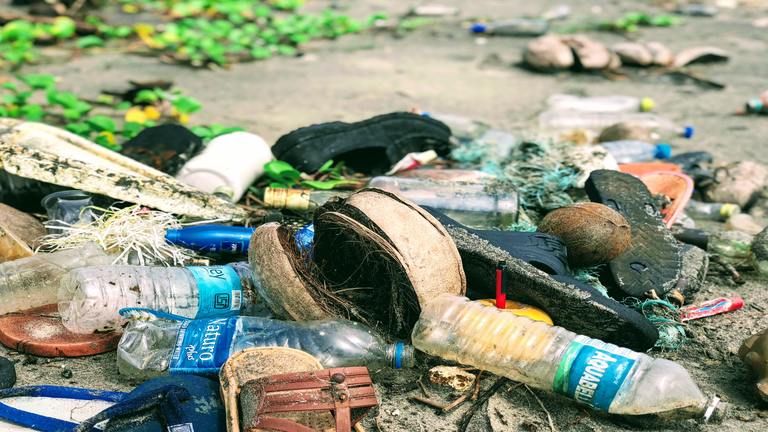
12. COVID-19 Creates More Plastic Pollution
Researchers at the Universities of York and Tasmania presented findings that the COVID-19 pandemic has increased the plastic pollution problem. In the UK alone, roughly 14 million personal protective equipment (PPE) items were provided to hospitals every day. This included 360 million gloves, 158 million masks, 135 million aprons, and 1 million gowns. John Scofield, an Archaeology professor at the University of York, and Joanna Vince, senior lecturer of Politics and International relations at the University of Tasmania, believe archeologist need to be included in policy decisions and public discussions surrounding plastic pollution solutions as the field emphasizes the study of understanding human behavior through material culture, such as that of facemasks and other PPE items. They suggest this can be done through collaboration with policy specialists, government decision-makers, and industry.
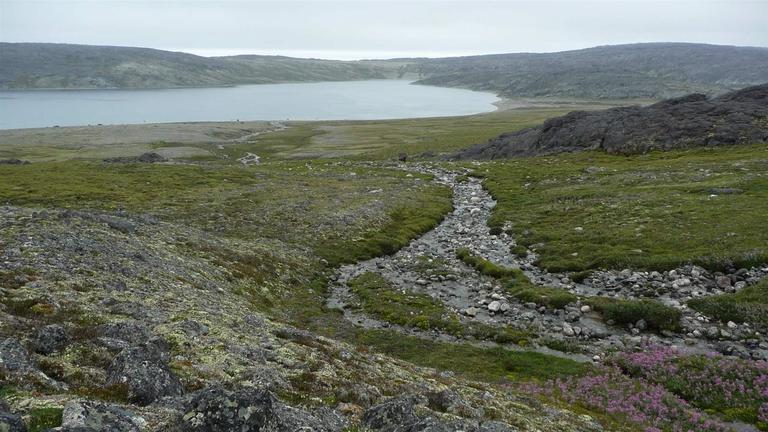
13. Plan for Indigenous Protected Area in Canadian Arctic
The diverse and rich ecosystems of Arqvilliit (Ottawa Islands) are a refuge and feeding and breeding ground for northeastern Hudson Bay species, from polar bears and marine mammals to the thousands of eider ducks that nest here. Nunavik Inuit have been working to conserve this area for future generations, an effort that is paying off. In November, the Canadian government announced that it will create an Indigenous Protected and Conserved Area (IPCA) to safeguard this remote island chain, which is reachable by plane or boat but is often inaccessible because of weather. This IPCA will be the first to be designated in the Arctic waters of Canada and will help the country achieve its international ocean conservation goal of protecting 30% of its marine and coastal areas by 2030. Protecting Arqvilliit would benefit flora, fauna, and people alike
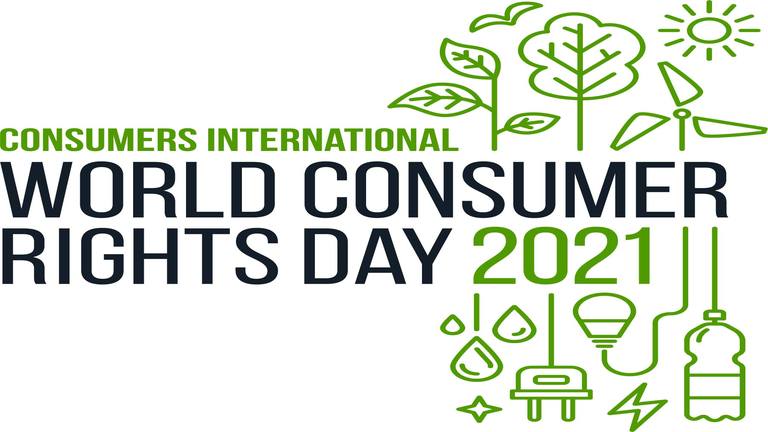
14. Theme of World Consumer Rights Day 2021 to be Tackling Plastic Pollution
Every year on March 15th countries around the world take part in World Consumer Rights Day. Leaders organize action plans and campaigns surrounding important consumer rights issues. This began in 1983, which was two decades after President John F. Kennedy first addressed the issue. This year the theme is “Tackling Plastic Pollution”. The Department of Consumer Affairs in India is holding a campaign called ‘Jago Grahak Jago’, which means ‘wake up consumer, be aware’. The campaign focuses on raising awareness about sustainable practices and respecting the rights of consumers through audio-visual media and consumer education. Raosaheb Patil Danve, Minister of State for Consumer Affairs tweeted, “This World Consumer Rights Day, let us take a pledge to stop buying plastic-based goods to tackle plastic pollution.
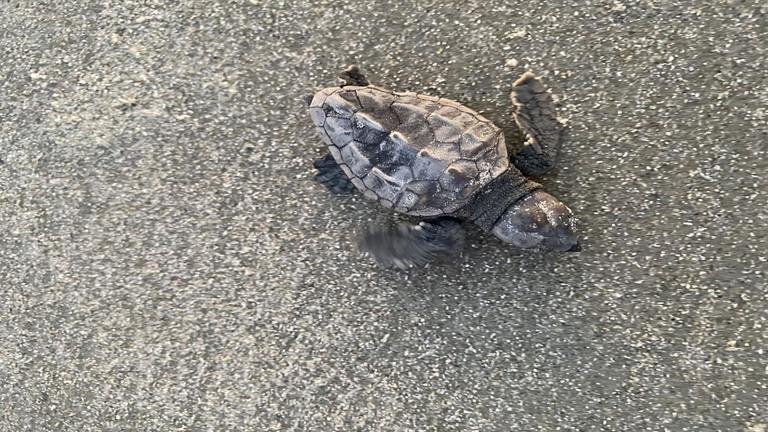
15. Conservation Groups Say Dredging Plan Poses Risk to Nesting Sea Turtles
The U.S. Army Corps of Engineers plans to begin dredging in Brunswick, Georgia, and in other spots around the coast during summer months despite the long-standing dredging window of Dec. 15 to March 31 in Georgia. In the summer months, that’s exactly when the nesting females are utilizing the very same channels. Dredging would be a direct risk to the survival of turtles and to decades-long conservation work on Georgia’s coast to save the species from extinction. These turtles don’t reach reproductive maturity until they’re about 30 years old, which means each nesting female turtle killed will not be replaced in the population for another 30 years. The Coastal Resources Division of Georgia’s Department of Natural Resources has opened a public comment period regarding the U.S. Army Corps of Engineers’ plan to widen the shipping channel, which includes annual operations and management dredging.
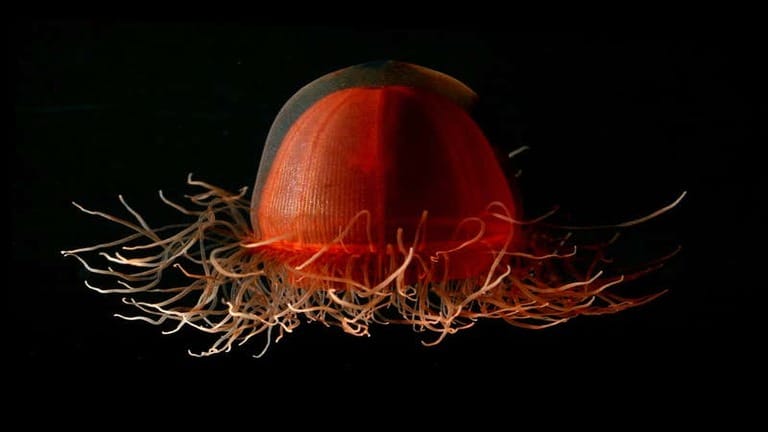
16. The Brilliant Abyss Review: A Fascinating Tour of the Ocean’s Depths
In the new book, The Brilliant Abyss, marine biologist Helen Scales describes amphipods and the many other remarkable creatures that live in the deep sea. Weaving together the latest discoveries with well-known examples, she details the many fascinating adaptations that life has evolved to survive in a world unlike anything at Earth’s surface. After detailing this diverse underworld, the book takes a darker turn to explore the threats these creatures face from us, such as deep sea fishing. An increasing threat lies in projects to mine the seabed to satisfy humanity’s growing demand for metals, particularly to use in the green tech needed for a low-carbon future. These problems go unnoticed by many. Scales lists why we should care about them, including the deep’s key role in feeding the surface fisheries that many people rely on for food, as well as its mitigating impact on climate change.
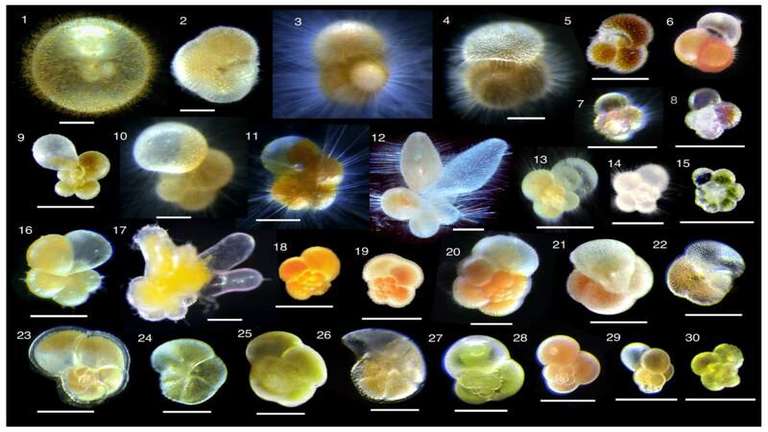
17. Evolution of Ocean ‘Twilight Zone’ Creatures Linked to Global Climate Change
In a new study published today in Science, a team of scientists has shown how life there became established and diversified, driven by the cooling of the ocean over the last 15 million years. Life in the twilight zone relies on “marine snow”—organic matter that sinks down from the surface—as a source of food. The mud contained fossil plankton, which the team analyzed to reveal not just the depths at which the creatures lived but also how actively the marine snow was sinking around them. This fossil evidence was able to show very clearly how dependent life at depth is on seawater temperature and how it evolved through time. The team says the results raise concerns about the future ocean as it heats up under the pressure of global climate change, and it is now following this up with further research.

18. Meet Dr. Ashanti Johnson, First Black Woman to be a Chemical Oceanographer in the U.S.
Dr. Ashanti Johnson has worked as a scientist, professor, and administrator for a nonprofit, Texas Instruments, Exxon, and even helped found and start a charter school system. She is now the first black woman to wear the hat as a chemical oceanographer. Dr. Johnson graduated with a Ph.D. from Texas A&M Galveston. In her time in STEM, she has helped dozens of other black women find careers in the field and has received more than $15 million in grants from federal agencies to develop programs. Currently, she holds the title of CEO of STEM Human Resource Development and is an associate professor of chemistry at Fort Valley State University where she runs her professional development and mentorship program for minorities in STEM. She is also the mother of three children, who love the water as much as her.
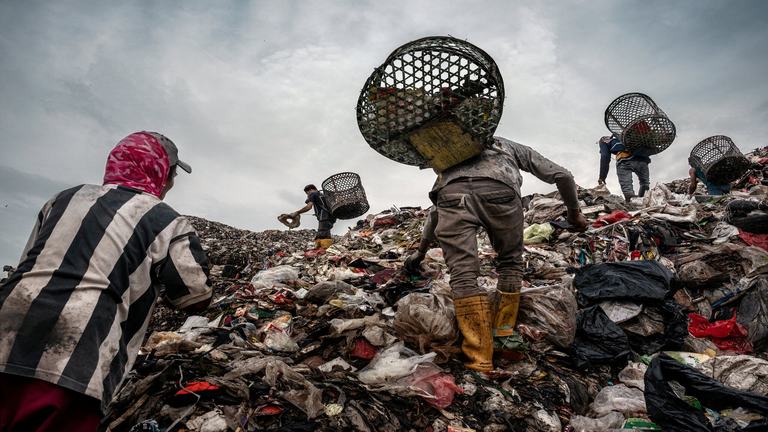
19. U.S. Plastic Waste Exports Proven to be Shameful
Last year, more than 180 nations agreed to place strict limits on exports of plastic waste from rich countries to poor ones. In January, trade data was released showing that the U.S. plastic waste exports had hardly changed. Although many American’s recycle plastics, much of this ends up as waste and is shipped to another country. China has stopped accepting plastic waste from the U.S., and this waste now ends up in Malaysia and India. This has raised concerns with violations of the Basel Convention, which the U.S. has signed but has not ratified. Without ratification, new trade agreements for plastic waste shipments cannot be made with nations that are members of the convention. It has been confirmed that the U.S. has sent plastics, such as PVC, which is considered illicit material.
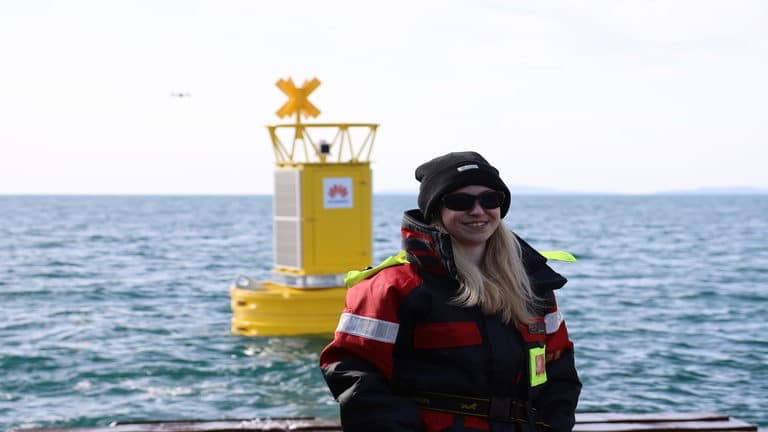
20. Pioneering Marine Conservation Study Tests Effects of Noise Pollution
Ireland’s first real-time acoustic monitoring project of cetacean species (whales, dolphins, and porpoise) began this week off the Cork coast. The goal of the study is to create a near real-time detection model for these species. The Smart Whale Sounds project is being undertaken by Ocean Research & Conservation Association Ireland, a non-profit organization based in Cork, in partnership with Rainforest Connection and supported by Huawei Ireland. The project will provide a much greater understanding of what is happening on Ireland’s ocean floors – specifically helping with the identification and classification of species in Irish waters, their distribution and behavior, and how noise pollution is changing these patterns. In the long-term, it could potentially lead to the development of an early warning system that will enable ships to reduce their speed in time to lessen the considerable risk of whale ship strikes.
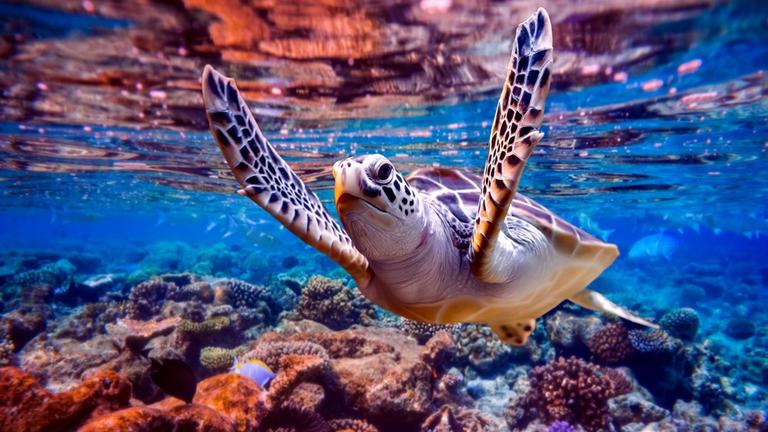
21. Using Artificial Intelligence to Save Coral Reefs
A crucial part of the effort towards protecting coral reefs includes mapping, monitoring, analyzing, and restoring them. The process of collecting data for reef monitoring has traditionally been done by divers. However, divers tend to interfere with their surroundings and it unintentionally affects the results of the survey. There are many gaps that exist, some can be corrected by deploying AI and machine learning. Announced in April 2020, an AI-powered solution by Accenture, Intel (INTC), and the Sulubaaï Environmental Foundation—for monitoring, characterizing, and analyzing coral reef resiliency dubbed as project CORaiL. The teams implemented an artificial concrete reef—called a Sulu-Reef Prosthesis (SRP)—to provide support for unstable coral fragments underwater. In addition, intelligent underwater video cameras, equipped with the Accenture Applied Intelligence Video Analytics Services Platform (VASP), were planted to detect and photograph fish in the reef surrounding the Pangatalan Island in the Philippines.
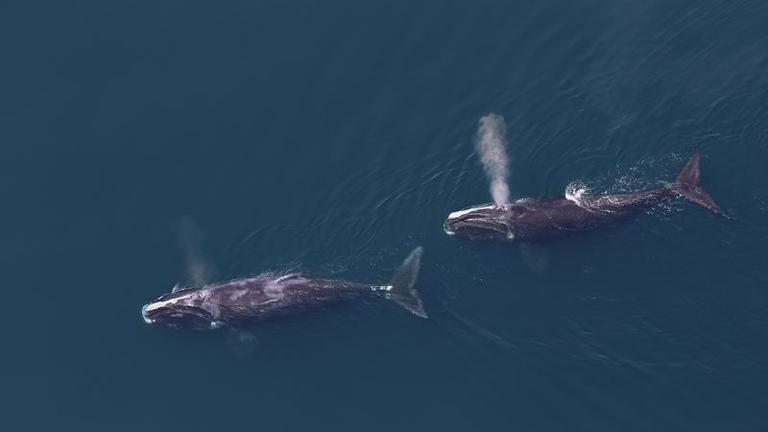
22. Proposed Federal Rule to Help Endangered Whales Could Cost Maine’s Lobster Industry $10million
NOAA reported that there are less than 400 North Atlantic right whales left, making their protection crucial. Last spring new fishing rules to protect right whales were drafted for Maine. This includes expensive gear modifications and closures of Northeast waters. Maine regulators and fishermen are worried this could harm Maine’s billion-dollar lobster industry while environmental advocates say it is still not enough. The decision on implementation should be decided by mid-summer but would not go into effect until late 2021 or early 2022. Both Gov. Janet Mills and Patrick Keliher of Maine Department of Marine Resource Commission stated during the final public hearing that “a one-size-fits-all approach in the state of Maine will not work.” In support of struggling whale populations, some Maine lobstermen have already begun the expensive and time-consuming process of making their gear to comply with potential regulations.
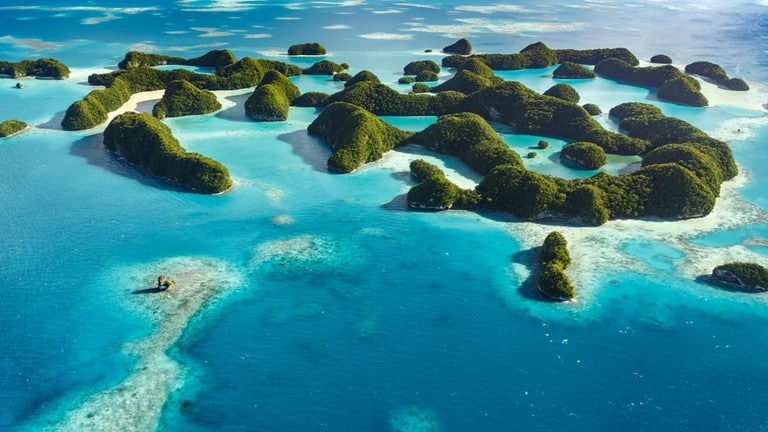
23. Ocean Protection Needs a Spirit of Compromise
Later this year, world leaders are expected to gather for meetings of the United Nations conventions on biological diversity and climate to set future agendas. Ocean policies will be a priority for both, with different goals being emphasized. Conservationist and National Geographic explorer-in-residence Enric Sala and his colleagues present a model showing how the ocean could be protected in a way that optimizes both environmental and fishing-industry benefits. The researchers assessed data on the distribution of ocean biodiversity (taking in 4,242 species); 1,150 commercially exploited seafood stocks; and carbon in marine sediments. They used these data to model the spaces where marine protected areas could be situated to achieve particular outcomes across three main goals. The model makes it clear that achieving the best outcome on all three goals will require give and take. Nations and stakeholder groups will need to weigh up each goal
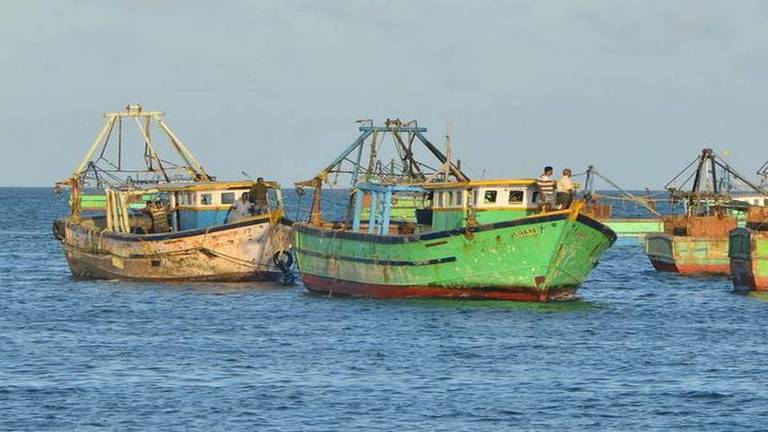
24. India’s Blue Revolution Needs More Marine Protected Areas, Says New Research
India, with its long coastline, has a major opportunity to boost fisheries yield by expanding Marine Protected Areas (MPAs) along its Exclusive Economic Zone (EEZ) , and in parallel, protect the ocean’s capacity to capture carbon and boost biodiversity, says a large scale study reported on Wednesday by a group of scientists in the journal Nature. Expanding the realm of MPAs in the world’s oceans presents a big opportunity to raise food production, enhance carbon storage and preserve a lot more of threatened biodiversity for all countries, the authors argue. They stress the need for greater international cooperation to extend the boundaries of protection. India ranks relatively low among Asiatic nations in terms of the fraction of EEZ in the top 10% of priority areas, even though its contribution would be substantial. That means that India would benefit relatively more than others from reaching global conservation objectives.

25. Women Divers Hall of Fame Announces 2021 Scholarships and Training Grants
Women Divers Hall of Fame (WDHF) is a non-profit organization dedicated to building community with education, mentorship, and training via providing financial support for those training or preparing to enter the dive industry. The WDHF scholarships and training grants are awarded yearly in the spring at Beneath the Sea in Secaucus, New Jersey and are offered to all ages. This year, a total of $68,400 was provided to 47 individuals that are passionate about Earth’s oceans and hope to grow in both knowledge and skill. This includes both undergraduate and graduate scholarships in marine conservation, journalism, graphic arts, photography, or videography scholarship, sea to space physiology research grant, sea turtle conservation, seagrass rehabilitation fellowship, underwater archaeology, coral rehabilitation fellowship, basic dive training grant, advance dive training grant, assist the disabled to dive training grant, and more.
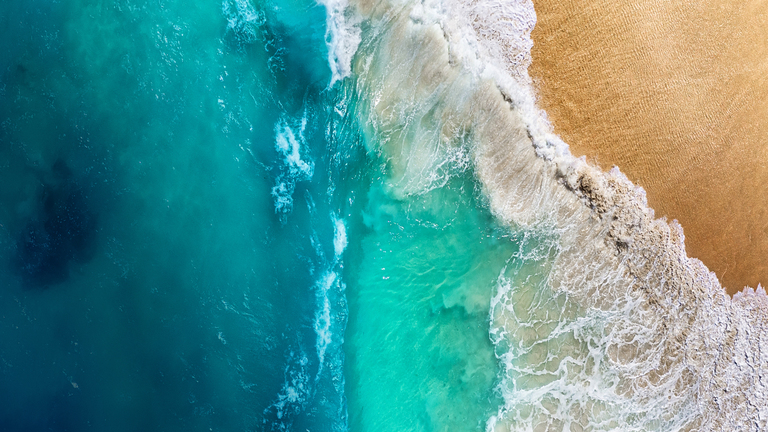
26. 12th Meeting of Monaco Blue Initiative
The 12th meeting of Monaco Blue Initiative took place during the 4th Monaco Ocean Week under HSH Prince Albert II of Monaco. The goal of Monaco Ocean Week is to bring marine stakeholders together to discuss ocean conservation issues. Monaco Blue Initiative is a unique platform that helps to bring major players in ocean conservation and governance in annual debates to explore solutions to challenges facing the ocean and to promote sustainable blue economy. They kicked off the week with debates, analysis, and awareness-raising sessions to promote a better understanding of ocean challenges. The three sessions included the role of international negotiations for better ocean governance, integrating ocean issues and the SDGs in corporate social responsibility, and from blue economy to blue finance. Additionally, these discussions urged companies to be more transparent and had a focus on recovery from COVID-19 impacts.
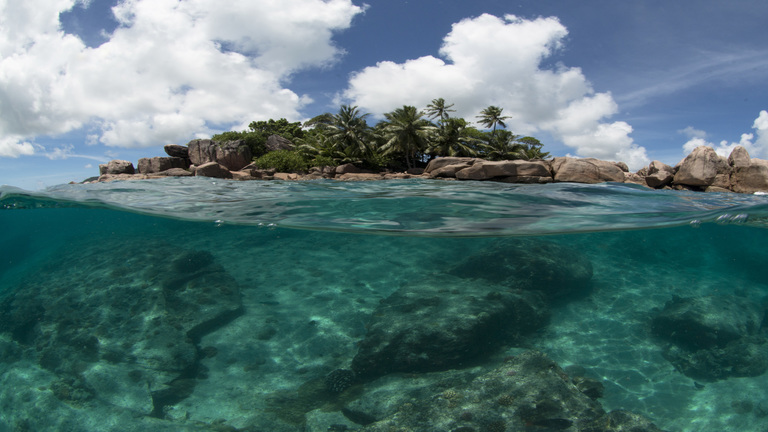
27. Seychelles’ First Debt-for-Nature Swap for Ocean Conservation
Since 2013, the government of Seychelles in East Africa identified the need to reduce economic vulnerability and dependence on tourism, increase the GDP from marine sectors, create high-value jobs and ensure food security through the protection and sustainable use of marine resources. The government moves to promote research and development into farming, fishing, offshore renewables, hydrocarbon exploration, small-scale manufacturing, and the knowledge-based economy of the offshore financial sector. Seychelles’ Conservation and Climate Adaptation Trust (SeyCCAT) was created in 2015 together with the Government of Seychelles and The Nature Conservancy. The parties concluded the first debt-for-nature swap for ocean conservation, through a US$ 21.6 million debt restructuring. SeyCCAT was given the management of two innovative financing deals, the Blue Grants Fund and the Blue Endowment Fund. SeyCCAT is now a conservation trust fund tasked with mobilizing resources to advance Seychelles’ blue economy.
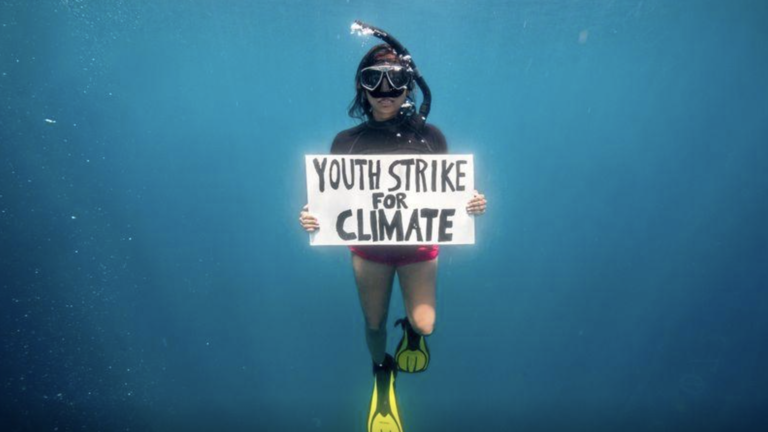
28. Mauritian Climate Activist Holds Underwater Protest to Protect Seagrass
In a remote stretch of the western Indian Ocean, a 24-year-old Mauritian marine scientist donned a snorkel and entered the choppy waves to float in protest above the world’s largest seagrass meadow. Holding a placard reading ‘Youth Strike for Climate,’ Shaama Sandooyea held her breath and hoped the images from her protest would help spark more aggressive global action to fight climate change. The vast stretch of seagrass at the Saya de Malha Bank has become a priority for the conservation partly due to its role in absorbing climate-warming carbon dioxide. Elsewhere, the world is losing some 7% of its seagrass cover per year due to dredging, rising ocean temperatures, and other factors. The campaigners are hoping to draw attention to a U.N. goal of persuading countries to protect at least 30% of the planet’s land and ocean by 2030.




